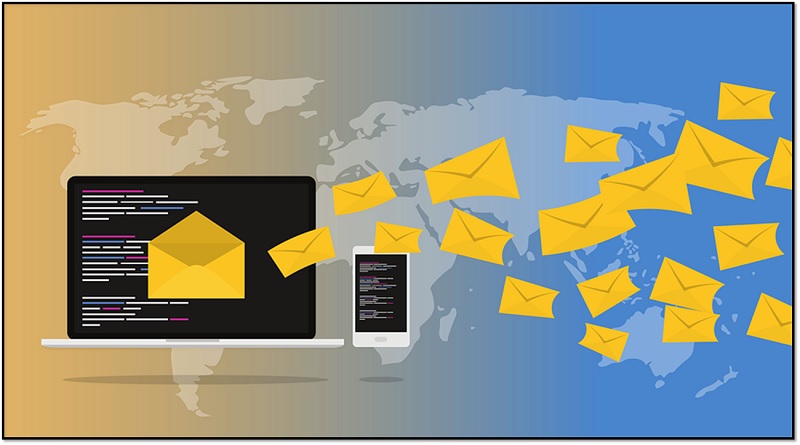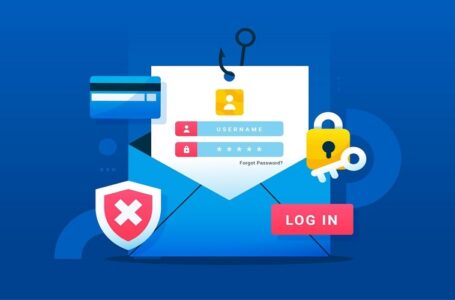Shirofune Enhances Shopify Integration with Google Analytics 4’s Data-Driven Attribution Model
Five ways to use email marketing to grow your business

According to research, messages are 45 times more likely to be seen using email in comparison to messages posted on Facebook. While 90% of emails are delivered to the intended recipient, just 2% of Facebook fans see the posts an account has scheduled. Where firms are looking to get their message in front of the desired audience, this demonstrates the key role which email marketing plays in the marketing process today.
1. Build an email list
Building an email list as soon as you can is the first step. By giving subscribers a reason to return to the site, businesses can keep the traffic they have already attracted by building an email list and sending interesting newsletters to it. In order for businesses to contact subscribers via email, prospects and customers must give their consent. Businesses can offer signup sheets at their physical storefronts, give signup forms on their websites for those who want to keep updated about the brand, or even use social media to drive signups to their email lists.
2. Establish your sending frequency and goals
While there are no set guidelines for how frequently companies can email customers, it is vital to avoid overwhelming subscribers because this could cause people to tune out the emails or unsubscribe completely. Some companies may decide to send updates to their subscribers every day, but others may send emails just occasionally, perhaps choosing to do so once a month or once every three months to give their audience something to look forward to. Businesses could test several tempos to determine which suits them and their audience best, keeping an eye on unsubscribe rates and altering the frequency as necessary.
3. Segment your audience
While having a large subscriber base is advantageous to a company since it gives them the chance to sell, educate, or develop customer loyalty, it is also crucial to have a clear grasp of this audience in order to connect with them effectively. To ensure that their subscribers receive individualized and relevant emails, businesses should segment the users on their subscriber list. More pertinent emails may be sent to each group once these segments have been determined, which should boost engagement and lower the number of unsubscribers each month.
4. Improve the open rate of the emails
The key to improving the email’s open rate is ensuring the subject line grabs the audience’s attention. While the body of the email is the most important, the subject line and first section should not be overlooked as this is what will determine if your subscribers choose to open the email or scroll past it. Businesses should ask themselves if they would be compelled to open the email if they saw the particular subject line they plan to use. If the sender isn’t convinced by the subject line, the recipient won’t be either.
5. Test your emails
Before sending emails to their subscriber list, businesses should make sure they have tested them. Each template should be evaluated to make sure the design looks the same because emails can appear differently in different inboxes and on different devices. Testing may also be done using open rates and clickthrough rates. Businesses can test different opening times to see when clients are more likely to click through to make a purchase from an email. A/B testing is a terrific approach to split-test the emails and examine how various minute variations in the time of day affect the outcomes.
Conclusion
Email marketing is a professional and popular strategy for online business promotion. It is affordable, simple to carry out, and has a positive effect on your efforts. Email marketing does not take the place of your other marketing efforts, but it greatly enhances them.




